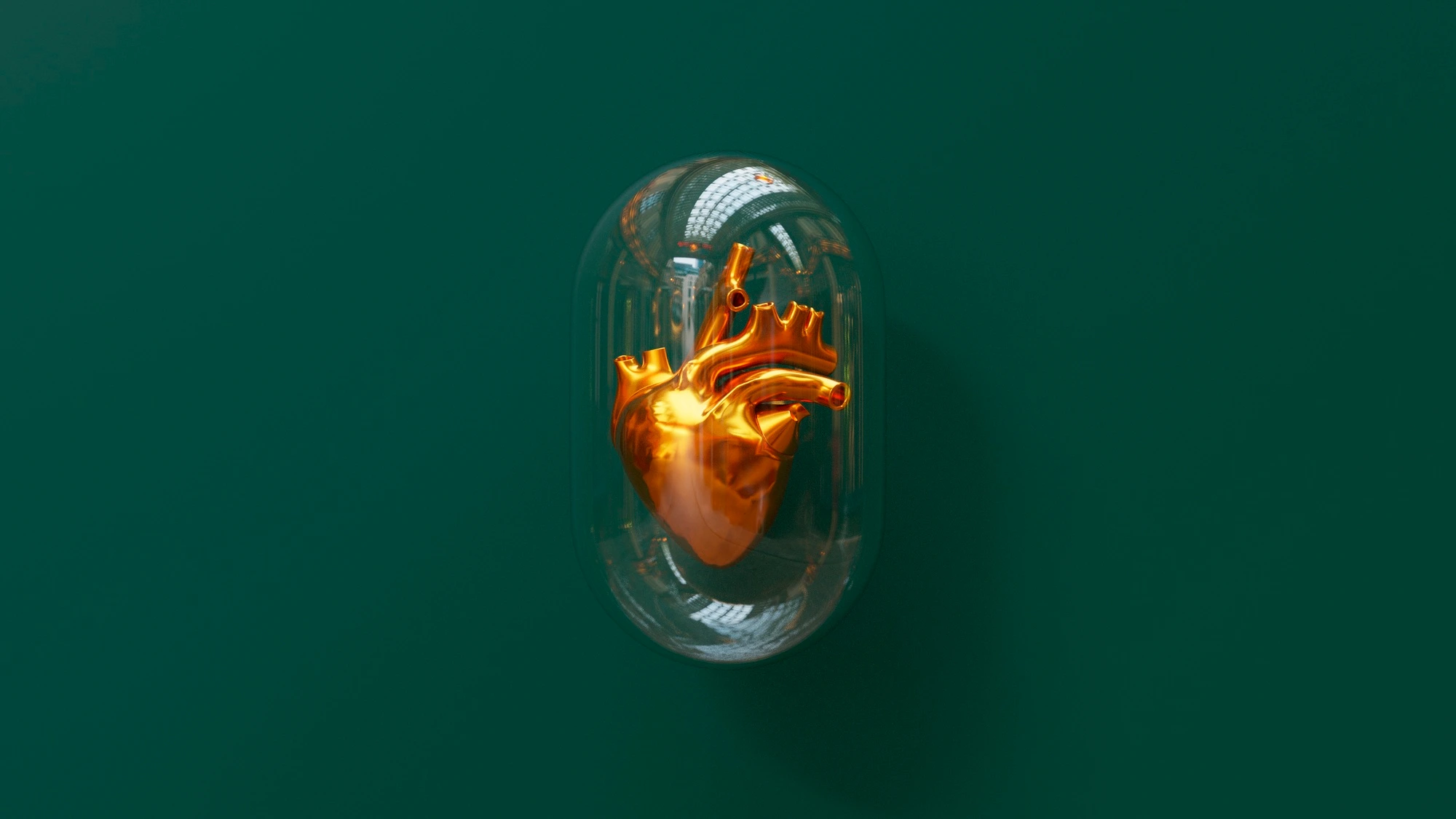Table of Contents
- Transforming Stent Coatings with Nanotechnology
- Enhancing Catheter Design with Nanotechnology
- Overcoming Challenges and Expanding Potential
- Looking Ahead
Cardiovascular diseases (CVDs) remain one of the leading causes of mortality worldwide, with the World Health Organization (WHO) estimating 17.9 million deaths annually. In the face of this public health challenge, the development of advanced medical devices such as stents and catheters has been pivotal. Among these advancements, nanotechnology is emerging as a game-changer, revolutionizing stent coatings and catheter designs to improve biocompatibility, minimize complications, and enhance patient outcomes.
Transforming Stent Coatings with Nanotechnology
Stents are tiny, expandable mesh devices inserted into arteries to prevent blockages. While they have transformed coronary interventions, traditional stents have limitations, such as thrombosis and restenosis. Nanotechnology addresses these challenges in several innovative ways:
- Drug-Eluting Nanoparticles:
Drug-eluting stents, which release medication over time to prevent restenosis, have seen substantial improvements with the integration of nanoparticles. For instance, nanocarriers can enable the precise delivery of anti-inflammatory drugs to specific arterial sites, minimizing systemic side effects.
A study published in the Journal of Biomedical Materials Research revealed that nanoparticles enhance drug adhesion to the stent surface, ensuring sustained and controlled drug release. This reduces restenosis rates by up to 50% compared to bare-metal stents. - Nanocoatings for Biocompatibility:
The use of nanocoatings, such as titanium dioxide or silver nanoparticles, significantly reduces the risk of blood clot formation (thrombosis). These coatings provide a smoother surface, preventing platelet aggregation while promoting endothelial cell growth for quicker arterial healing. - Bioresorbable Nanomaterials:
The emergence of bioabsorbable stents composed of nanopolymers marks a shift toward devices that dissolve after their function is complete. These stents minimize long-term risks and have shown promise in early clinical trials, particularly for younger patients requiring long-term vascular health.
Enhancing Catheter Design with Nanotechnology
Catheters are essential tools in diagnosing and treating CVDs, but their prolonged use can lead to complications like infections and biofilm formation. Nanotechnology is addressing these issues by enhancing catheter functionality and safety:
- Antimicrobial Nanocoatings:
Silver, zinc oxide, and copper nanoparticles integrated into catheter surfaces prevent microbial growth, reducing infection rates. Research from the Indian Journal of Medical Research highlights a 70% decrease in catheter-related infections with the use of silver nanoparticle-coated devices. - Flexibility and Strength:
Nanomaterials such as carbon nanotubes are incorporated into catheter designs to enhance flexibility without compromising strength. This ensures safer navigation through complex vascular pathways, reducing the risk of arterial damage during procedures. - Smart Catheters:
Innovations in nanotechnology have paved the way for “smart catheters” equipped with nanosensors. These devices can monitor real-time data, such as blood flow and pressure, providing immediate feedback to surgeons during procedures and improving surgical precision.
Overcoming Challenges and Expanding Potential
While nanotechnology offers immense promise, its adoption in cardiovascular device manufacturing faces hurdles:
- Cost Implications:
The integration of nanomaterials increases manufacturing costs, which may limit accessibility in low-resource settings. However, as technology scales, production costs are expected to decrease. - Regulatory Approvals:
The safety and efficacy of nanotechnology-based devices must undergo rigorous testing before regulatory approval. India’s regulatory framework, under the Central Drugs Standard Control Organization (CDSCO), is evolving to address these innovations, but the process can delay market entry. - Long-Term Biocompatibility:
While early results are promising, long-term studies are needed to ensure the safety and durability of nanotechnology-enhanced devices.
Looking Ahead
The Indian cardiovascular device market, valued at approximately USD 1.3 billion in 2022, is projected to grow at a compound annual growth rate (CAGR) of 15%. With nanotechnology at the forefront, this growth is poised to accelerate as manufacturers integrate advanced materials to address the unique challenges of CVD care.
Collaboration between academic institutions, industry leaders, and regulatory bodies is essential to drive innovation further. Nanotechnology is not just transforming cardiovascular devices—it is redefining how we approach patient care, offering hope for safer and more effective solutions in the fight against heart disease.

